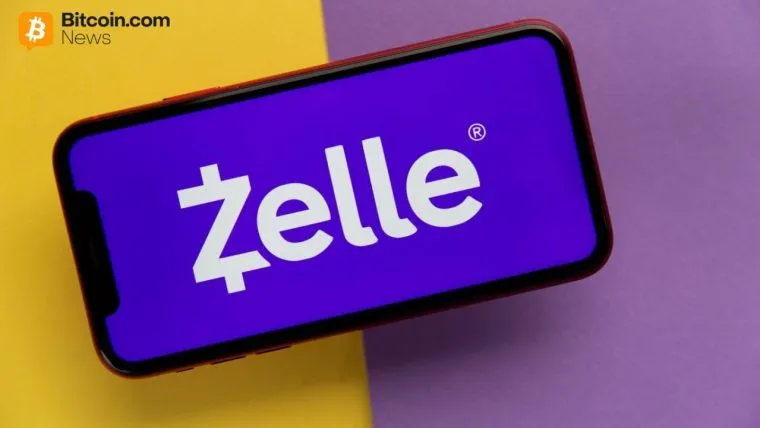The Central Bank of Bolivia has issued the first report that evaluates the implementation of the digital boliviano, a national central bank digital currency (CBDC) to modernize Bolivia’s financial system.
In the report, the bank acknowledges that such a currency would allow private banks to optimize high-value transactions and revamp the sovereignty of the fiat currency, the Bolivian boliviano, in an increasingly digital ecosystem.
During this first phase, the bank considered that a wholesale, interbank currency would have a more useful implementation, given that it would optimize the internal processes of the payment system among financial actors.
The document issued on October 15 declares that, in opposition to the considered approach, a retail CBDC would have a reduced impact. “Considering the current level of development of the retail payment system in Bolivia, the additional benefits that a CBDC could offer in this segment could be limited in the short term,” the bank stressed.
Read more.
The Central Bank of Argentina (BCRA) finally inked a $20 billion agreement with the U.S. Treasury to stabilize its dollar-peso exchange rate. The milestone comes after weeks of negotiations with U.S. officials, including U.S. Treasury Secretary Scott Bessent, as President Javier Milei sought to cement this lifeline before the midterm elections.
In an official press release, the BCRA disclosed that the agreement “sets forth the terms and conditions for the implementation of bilateral currency swap operations between the two parties.”
This $20 billion is part of a strategy that also includes comprehensive interventions from the U.S. Treasury, which has been purchasing pesos directly in the Argentine currency exchange market.
Argentine President Javier Milei stressed that if conditions worsen, this swap line could settle debt payments next year, hinting at a continued intervention of the U.S. Treasury to maintain the stability of the current dollar-peso exchange rate.
Read more.
The Argentine commission in charge of investigating the Libra incident, where President Javier Milei shared info about a token with that name using his social media account, continues its advance to clarify the events that unfolded during the launch of the token.
Maximiliano Ferraro, president of the commission, highlighted that it decided to summon President Milei to correct his earlier statements about the almost null participation of Argentine citizens in Libra’s launch.
While Milei stated that “at most” 5 Argentines could have been affected by the token’s price disaster. Nonetheless, Ripio, a local exchange that listed Libra on its platform, reported that 1,329 Argentines bought Libra.
“Of the 5,000 (damaged), the vast majority are Americans and Chinese,” he affirmed in February.
In addition, Ferraro revealed that the commission identified millionaire transactions between Hayden Davis, CEO of Kelsier Ventures, and Mauricio Novelli and Manuel Terrones Godoy, two crypto entrepreneurs.
Read more.
What is Bolivia considering regarding its financial system?
Bolivia is evaluating the implementation of a wholesale central bank digital currency (CBDC) called the digital boliviano to modernize its financial operations.What key agreement did Argentina finalize recently?
Argentina’s Central Bank signed a $20 billion currency swap deal with the U.S. Treasury to stabilize the dollar-peso exchange rate amid ongoing economic challenges.What controversy is Argentine President Javier Milei involved in?
President Milei has been summoned by Congress to clarify statements regarding the impact of the Libra token launch, after discrepancies about citizen participation were revealed.
To follow all the latest developments in crypto and the economy in Latin America, sign up for our Latam Insights newsletter below.
免责声明:本文章仅代表作者个人观点,不代表本平台的立场和观点。本文章仅供信息分享,不构成对任何人的任何投资建议。用户与作者之间的任何争议,与本平台无关。如网页中刊载的文章或图片涉及侵权,请提供相关的权利证明和身份证明发送邮件到support@aicoin.com,本平台相关工作人员将会进行核查。



